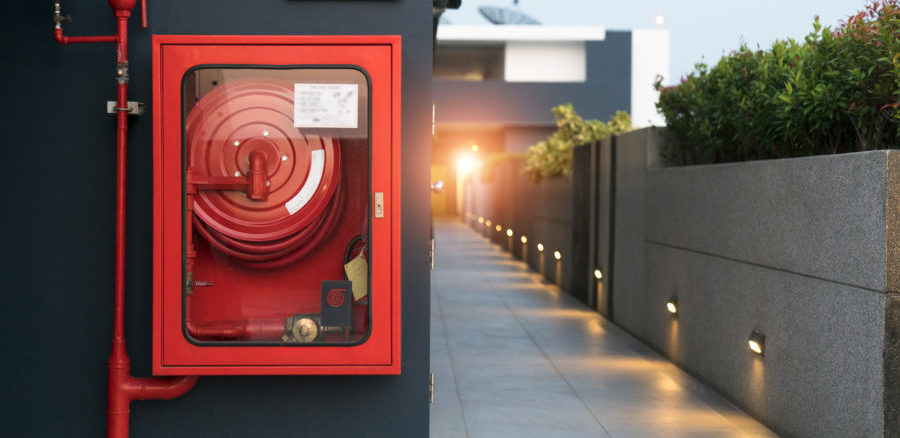The “accountable person” in the new fire safety regime
In the third part of our series on the government’s proposed post-Grenfell fire safety regime for multi-occupied residential buildings in scope including those over 18 metres in height, we look at the proposal for a new dutyholder who will have overall responsibility for the safety of people in the building once it is occupied.
The new “accountable person” (AP) will be the entity or individual with control of the building. The government expects that, “in most cases”, it will be the building owner (ie the freeholder or head lessee) or a management company. The AP will be able to appoint professionals to help it carry out its duties, but it will not be allowed to delegate accountability. The AP may be an individual, partnership or corporate body but, if it is a legal entity rather than a person, its board will still have to name an individual as the AP.
As we saw in our last article, the new regime will have at it heart a “safety case”. The AP will be required to produce the safety case for the Building Safety Regulator, demonstrating that the fire and structural risks to occupants have been reduced to the lowest level that is reasonably practicable. The AP will have to ensure the building complies with any requirements that arise from the safety case and from the building safety certificate, review the safety case every five years (or more frequently if necessary), and have the competence to decide, in discussion with the regulator, about when and how to upgrade the precautions.
The AP must also ensure that a named building safety manager (BSM) is appointed for each building. Responsibility for ensuring that the BSM meets the competency requirements set by the Building Safety Regulator, and is registered with the regulator, also rests with the AP, as does ensuring that the BSM has access to the necessary funding and cooperation. We will examine the role of the BSM in our next article.
In addition, the AP must ensure that all buildings under its control are registered with the Building Safety Regulator. For new residential buildings, registration will be required before the regulator permits occupation. The government is proposing similar requirements for existing buildings, albeit with a transitional period.
The government is also considering placing a duty on the AP (and other dutyholders) to “promote” building safety and the safety of people in and around the building. This would require an AP to demonstrate that it is proactively managing (as a whole) the safety of their buildings, and “not simply taking a reactive approach or ticking boxes”.
It is important to note that the AP will not be able automatically to transfer its accountability under the building safety certificate to a third party, even if it is transferring its interest in the building itself. Instead, the third party would have to apply to the Building Safety Regulator to become the AP. If the regulator agrees that the third party meets the registration requirements, the regulator will transfer the certificate to the new AP, which then becomes additionally responsible for any liabilities of the previous AP that relate to the building.
Next: The building safety manager.
